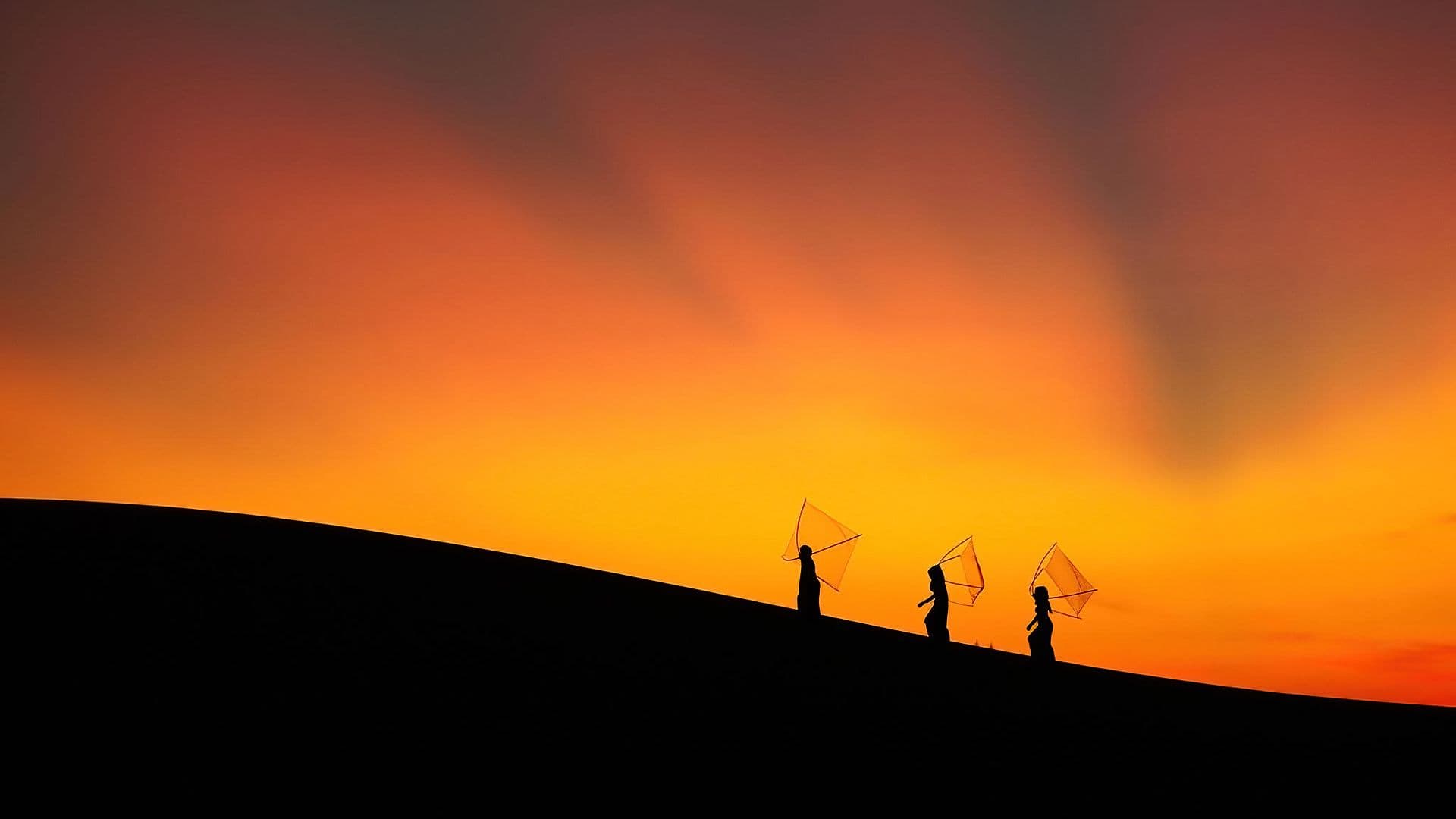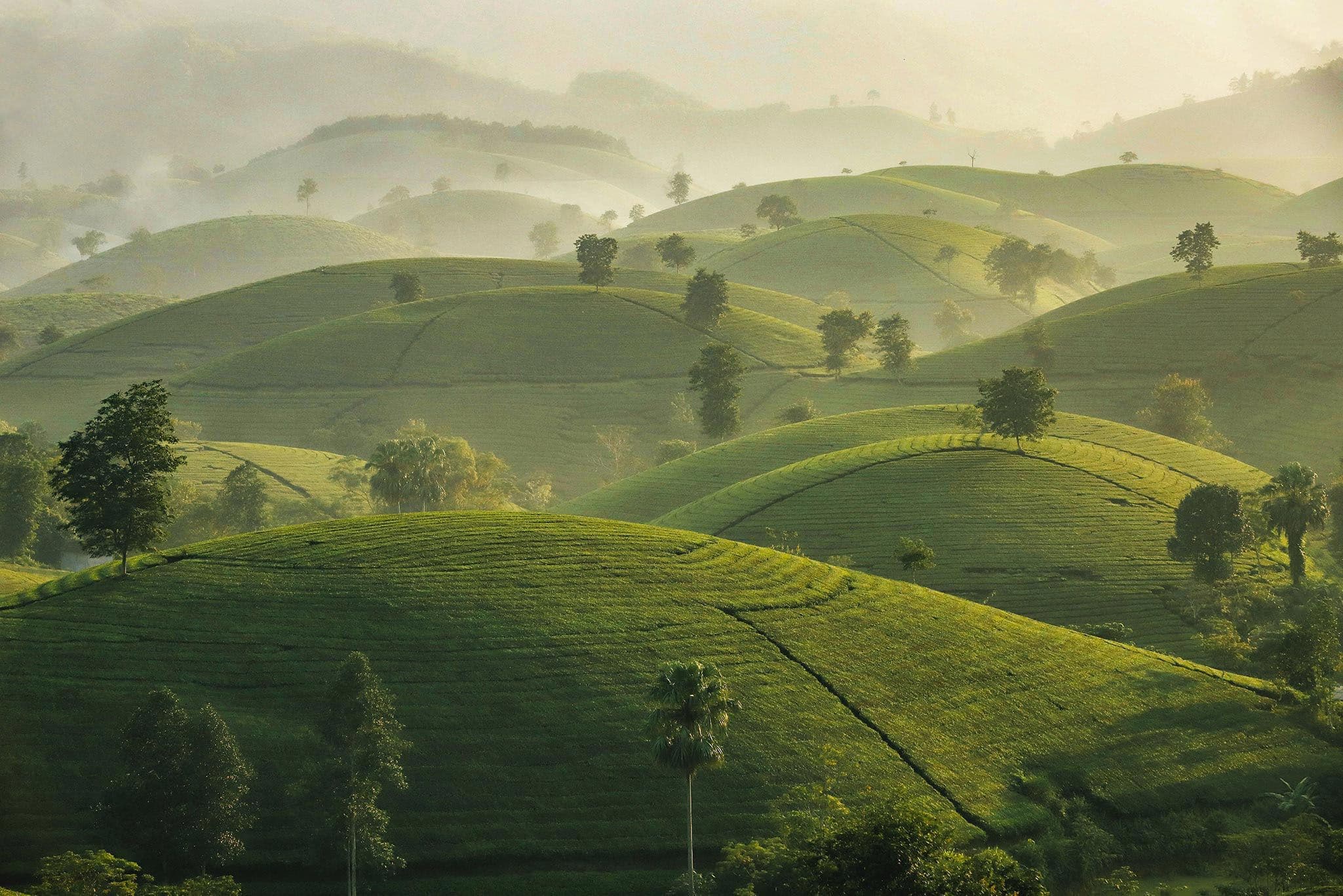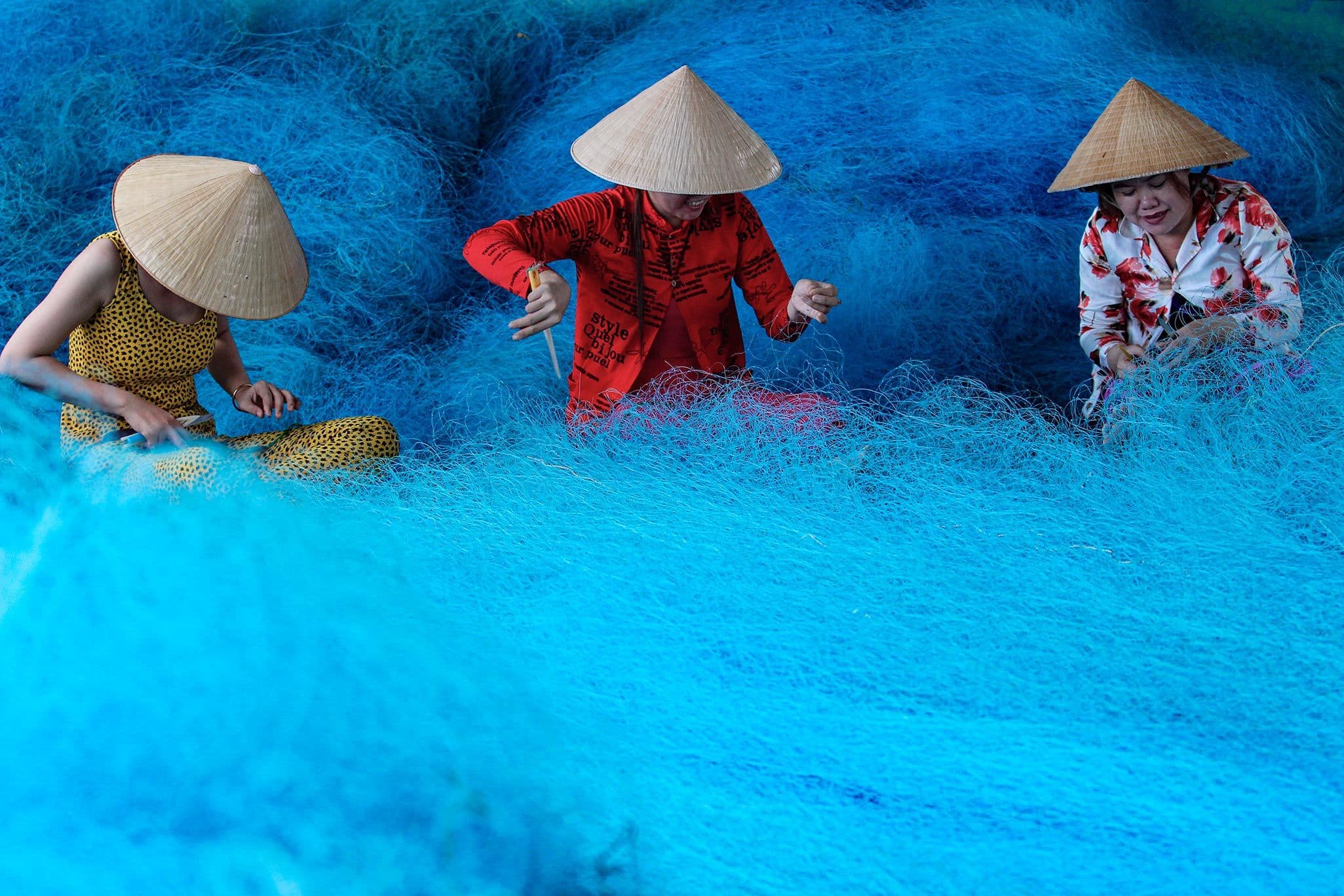
North Vietnam is a paradise for photographers: rugged mountains, endless rice terraces, traditional ethnic villages, and light that shifts with every hour of the day. Whether you’re a passionate hobbyist or a professional photographer, a North Vietnam Photo Tour offers some of Asia’s most breathtaking opportunities to capture both landscapes and cultural life.
In this guide, we’ll highlight the best destinations, the ideal seasons to visit, essential gear, and how FtripVietnam can design curated photography tours that ensure you capture North Vietnam at its most beautiful.
1. Why North Vietnam is a Dream for Photographers
- Dramatic landscapes: Limestone mountains of Ha Giang, Fansipan peak above Sapa, and winding valleys.
- Iconic rice terraces: Mu Cang Chai’s “golden waves” during harvest are considered among the most stunning in Asia.
- Cultural richness: Portraits of Hmong, Dao, and Tay ethnic groups in traditional dress.
- Dynamic light: Misty mornings in valleys, glowing sunsets over terraces, and monsoon skies that change the mood of every frame.

2. Best Photography Destinations in North Vietnam
Sapa – The Heart of Mountain Photography
Sapa offers endless landscape and cultural photo opportunities, from rice terraces glowing at sunrise to Fansipan peak, often veiled in mist. Trekking routes through Cat Cat, Lao Chai, and Ta Van reveal daily village life, while local markets provide colorful portraits of Hmong and Dao people in traditional attire.
Mu Cang Chai – Golden Waves of Rice Terraces
Famous for some of Asia’s most stunning rice terraces, Mu Cang Chai is best during harvest (late Sept–Oct) when fields turn golden. Viewpoints like La Pan Tan and Khau Pha Pass deliver sweeping panoramas, while scenes of farmers and buffalo in the paddies add authentic storytelling to your shots.
Ha Giang Loop – Rugged Beauty and Ethnic Markets
The Ha Giang Loop features dramatic limestone peaks, deep valleys, and the spectacular Ma Pi Leng Pass. Sunrise over the Nho Que River is unforgettable. Ethnic markets in Dong Van and Meo Vac burst with colors, perfect for vibrant portraits and candid cultural photography.
Bac Son Valley – Patchwork Landscapes from Above
From Na Lay Mountain, Bac Son reveals misty dawn views over patchwork rice fields, rivers, and villages. Aerial and drone shots here capture geometric patterns that shift with the seasons, offering both tranquility and striking compositions away from the crowds.
Ninh Binh (Tam Coc & Trang An) – Ha Long Bay on Land
Ninh Binh combines karst peaks with lush paddies and rivers. Boat rides through Tam Coc or Trang An offer dramatic photo angles, especially during rice harvest in May–June. From Mua Cave, photographers can capture sweeping sunrise vistas over fields, rivers, and ancient temples.
3. When to Visit for the Best Shots
- Spring (Mar–May): Flowers bloom, rice paddies turn bright green.
- Summer (Jun–Aug): Lush terraces, dramatic cloudscapes, and afternoon storms.
- Autumn (Sep–Oct): Golden harvest season — the ultimate time for rice terrace photography.
- Winter (Nov–Feb): Misty mornings, softer tones, and fewer crowds for atmospheric shots.
4. Photography Experiences to Expect
- Golden Hours in the Mountains: Capture the magical first light over Mu Cang Chai’s golden terraces or watch the sun set behind Ha Giang’s limestone peaks. These moments bring out dramatic shadows, warm tones, and depth in the landscapes.
- Village Life & Portraits: Photograph farmers tending rice paddies, children walking to school in traditional dress, and artisans weaving or working in wooden stilt houses. These authentic encounters create powerful human stories alongside landscapes.
- Vibrant Markets: Weekly ethnic minority markets like Dong Van or Bac Ha offer a riot of color — embroidered costumes, fresh produce, livestock trading, and animated exchanges, all perfect for candid cultural shots.
- Adventure Routes: Beyond villages, the road itself is a subject — winding passes like Ma Pi Leng, river crossings, and trekking trails reveal ever-changing perspectives of valleys and mountain ridges.

5. Essential Gear & Tips for a North Vietnam Photo Tour
- Lenses: Wide-angle for landscapes, telephoto for portraits and distant mountain scenes.
- Tripod: For sunrise, sunset, and long exposures at night.
- Drone: Perfect for terraces and valleys (check local drone regulations).
- Protective gear: Waterproof covers and weather-sealed bags for rain and dust.
- Travel light: Many photo spots require long treks — pack only essentials.
6. FtripVietnam’s Photography Tour Services
FtripVietnam specializes in guiding photographers through North Vietnam’s most photogenic landscapes:
- Custom itineraries across Sapa, Ha Giang, Mu Cang Chai, Bac Son, and Ninh Binh.
- Expert local guides who understand the best light, weather patterns, and secret spots.
- Professional photographer partnerships for workshops and one-on-one mentoring.
- Seamless logistics, including transport, permits, and accommodations near top shooting sites.
- Authentic access with homestays in ethnic villages, private sunrise viewpoints, and opportunities for intimate cultural portraits.
➡️ Join FtripVietnam’s North Vietnam Photo Tours and capture the landscapes of a lifetime.
Conclusion
North Vietnam is more than a destination — it’s a living canvas of light, culture, and natural beauty. From the golden terraces of Mu Cang Chai to the dramatic limestone peaks of Ha Giang, this region is a playground for every photographer seeking inspiration.
With FtripVietnam’s expert planning and local knowledge, you’ll not only see North Vietnam’s wonders but capture them in their most authentic and breathtaking form.










